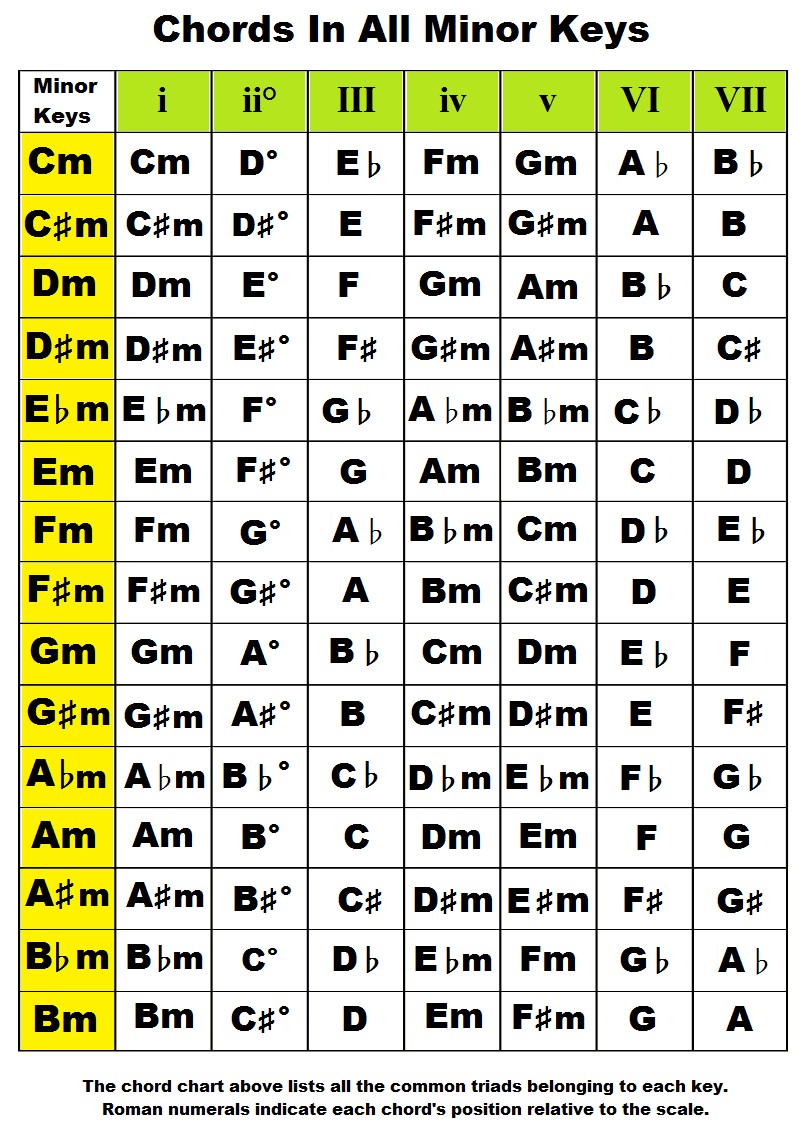

■ The harmonic minor again has the same key signature as the relative major, plus the raised seventh degree of the scale (raising the seventh can alter the effect of the key signature, as in B natural in C harmonic minor.

■ The natural minor scale has exactly the same sharps or flats as it’s relative major, it just starts and ends on different notes. ■ Minors have the same key signature as the relative major. A to A instead of C to C) and the tonic triad of the minor will be used more often. Even if it’s using the natural minor scale which ends up having exactly the same notes as the relative major, it will still sound like the minor not the major because the harmonic progressions will be different as they will be based on a scale with different starting and finishing notes (Eg. ■ It’s also possible to have no accidentals and for the notes to only follow the key signature - as in the melodic minor scale descending only, or the natural minor scale (both ascending and descending).Ī piece in a minor key tends to use a combination of these different forms of the minor scale. ■ Both the 6th and 7th can be sharpened - shown in the melodic minor scale ascending, and in A minor this would become F sharp and G sharp. ■ Most commonly, the 7th degree of the scale is sharpened - shown in the harmonic minor scale. This means these extra sharps are not written in the key signature and they are more variable.

■ However minor keys also have additional sharps in the form of accidentals. So if C major has no key signature, A minor also has no key signature. ■ Relative minors and majors always share the same key signature. A is three semitones below C, so A minor is the relative minor of C major. The letter name or key note of the relative minor is three semitones down from the key note of the relative major.


 0 kommentar(er)
0 kommentar(er)
